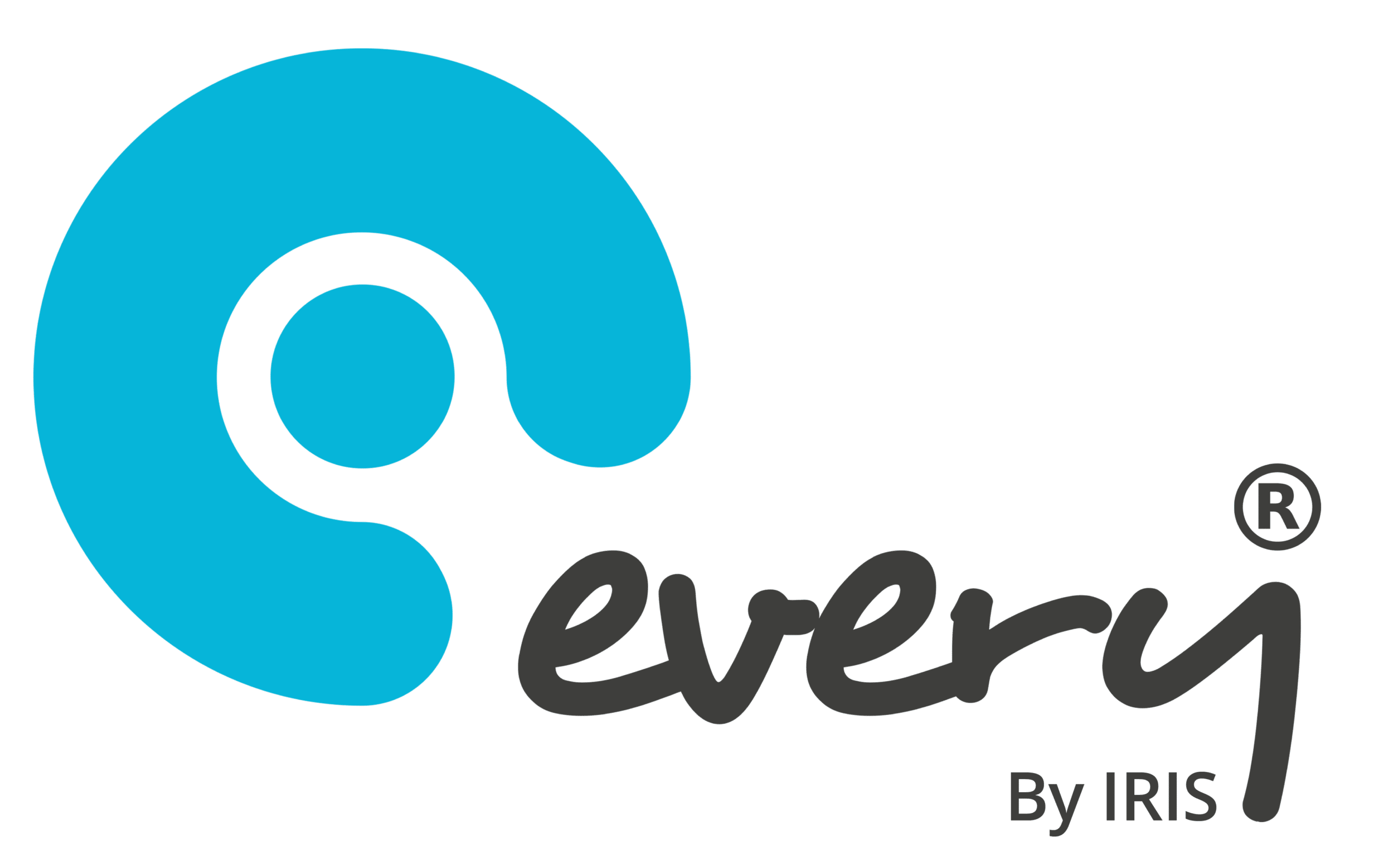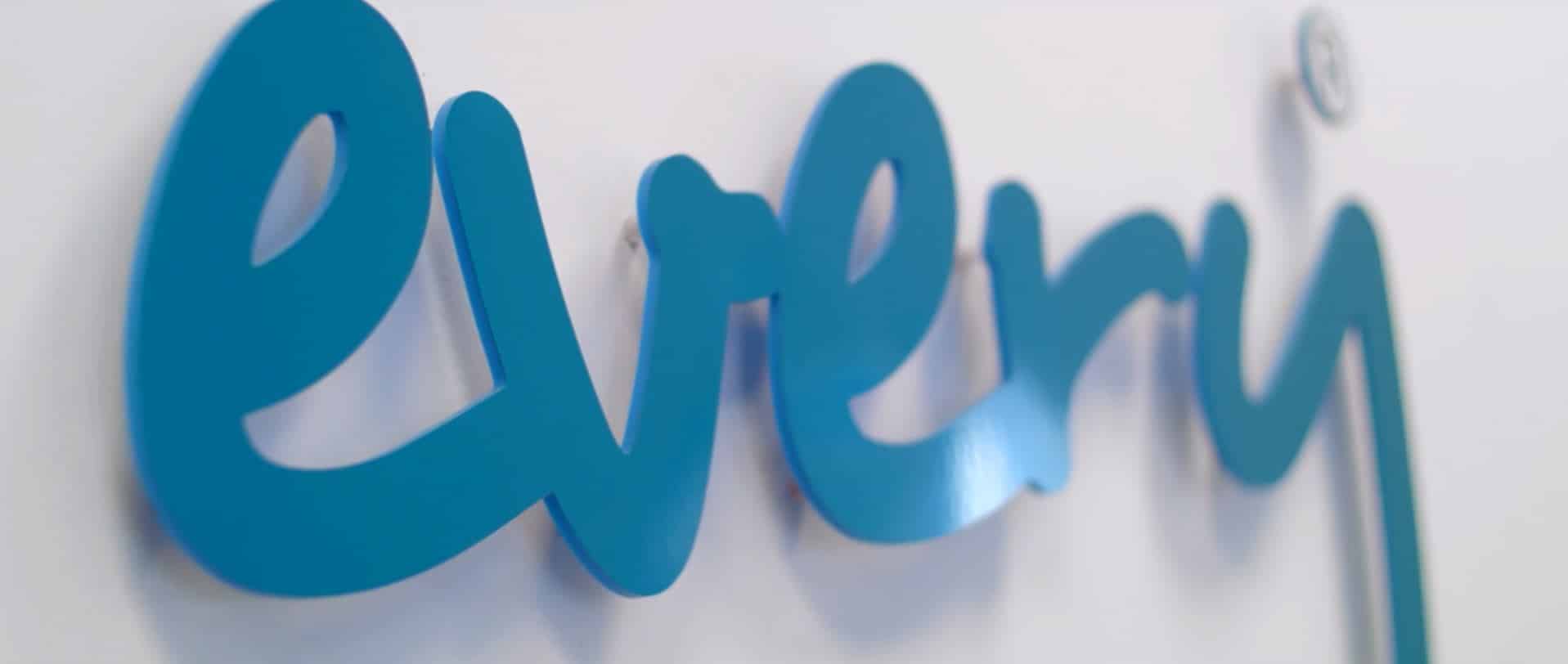If you've got a new school caretaker starting, use the tips below to help you help them.
The Golden Rules:
- The key purpose of the caretaker’s role is to keep the building optimised for teaching and learning. They, and you, should be clear of the job purpose.
- Your school development plan, or other key strategy documents should inform a detailed job description, just as for any other member of staff.
- The balance between completing routine planned maintenance jobs and having the capacity to respond to issues arising is essential.
- The caretaker and building users need a good relationship, with clear channels of communication.
- Your caretaker should be working to a defined list of tasks, which the SBM or facilities manager or head has decided is a) legally required or b) important to optimise teaching and learning or c) will enhance the school’s reputation or general running. The caretaker should not be left to write their own job description!
- Forward planning is essential. However your last caretaker worked, make sure that from day one your new caretaker is keeping notes of: what work is completed, how often, in what way, to what standard, what suppliers are used, what equipment is necessary. This needn’t be onerous, as they can build up notes over time.
- Caretakers can be very isolated. Give thought as to what opportunities there are for them to build relationships with other schools in your federation or cluster.
- Training (both new skill acquisition and keeping existing qualifications up to date) should be considered and planned in from day one.
Contractor relations
Your caretaker will need effective relations with all key premises contractors, both those on contract and those who are used from time to time to deal with urgent issues.
Every users can simply give the caretaker access to the suppliers module and he will be able to view all contact details, read notes on past work they’ve completed for you, read reviews that other schools have posted, and of course search for new suppliers recommended by other schools.
They will also be able to share suppliers with other local schools, which is a brilliant way to help him make contact with other caretakers and share their expertise.
If you don’t use Every, you should make sure you give your new caretaker all relevant contact details and a topline briefing on each contractor. This will save you time as the SBM or facilities manager as they won’t need to come to you.
You should take time in the first few weeks to make sure your caretaker meets or telephones key contractors to establish a relationship.

Planned maintenance
You should have a calendar of all planned maintenance, be it weekly, monthly, annual or at whatever interval. The average school will have 150 regularly occurring maintenance activities. For each of these, the caretaker needs to be given clear instructions as to:
- The type of work
- The purpose of it
- The frequency
- Equipment needed
- Risk assessments
- Relevant legislation
- How work is to be logged as complete, or how work that is missed (due to absence, issues arising elsewhere in the premises or trouble access areas of the site) is to be flagged and rescheduled, rather than forgotten
- Audits / inspections
Every users can simply use the templates and online guidance library, perhaps advising on decisions made at a school level (e.g. whether to conduct PAT testing annual or bi-annually) to set up the caretaker quickly. Obviously, the system will automatically generate reminders and flag up any incomplete work to key people.
Other schools will presumably have their own spreadsheets where all regular maintenance jobs are defined. You should make sure that you are working to current legislation.
If you don’t have records for what work needs doing, or your previous caretaker’s notes are unclear, you can use Every for free for a trial period. The Activities section will let you quickly build a personalised school
profile and calender of all planned maintenance work.
Reactive maintenance
Reactive maintenance can cause a problem for many schools. The key issues (as they relate to inducting a new caretaker) are:
- Staff do not know how to flag issues, and do not know whether an issue has already been reported or not.
- An inefficient chain of communication sees a case of Chinese whispers, with a teacher speaking to the SBM, who speaks to the facilities manager, who speaks to the caretaker. Detail gets lost.
- The caretaker does not know how to prioritise work that is flagged to them.
- The caretaker takes no responsibility for informing key building users as to the progress of the issue.
- The same issues keep recurring but no-one tracks this and considers planned maintenance work to obviate issues recurring.
- Planned maintenance does not take place as the caretaker is spending too much time on issues occurring, especially at key points like the start of the school year.
When you induct your new caretaker, you should be able to give them access to a log of past reactive maintenance issues so he has an idea what to expect. You will want to make sure they have the know-how, equipment and materials required to tackle these types of job with confidence. Obviously Every users can simply browse through past issues or access various reports that the system produces for you (e.g. issues by building, by area of building, by date), but other schools can give a copy of their school issues log book or spreadsheet to the new caretaker.
Going forward, you should involve your caretaker in considering how issues are to be flagged, recorded, prioritised in relation to planned maintenance, and reported back on (progress as well as completion). If they have previous experience in a school or similar building, you can ask how the issue of reactive maintenance was managed there. What improvements would they like to see? A new caretaker starting is an excellent opportunity to introduce improvements to process.
The Every issues module will automate a lot of the communication, recording and reporting associated with reactive maintenance, so building users are automatically alerted as issues are tackled and progressed and completed, and your caretaker can to assign work to key contractors at the click of a button, if it’s not a job that they can complete them self. Most importantly, you as SBM or similar will have an overview of all unresolved issues so you have a ‘feel’ for your building without leaving your desk.
Whatever system of recording issues you use, you need to bear in mind the importance of keeping a log so you have audit trails in the event of any health and safety inspection. You also will need some system to track the volume of requests, the type of problems that most frequently recur, the time spent completing them and the associated costs. Reducing reactive maintenance costs by using key information like this, is one of the quickest ways to cut your premises costs.
| Thank you for Signing Up |




